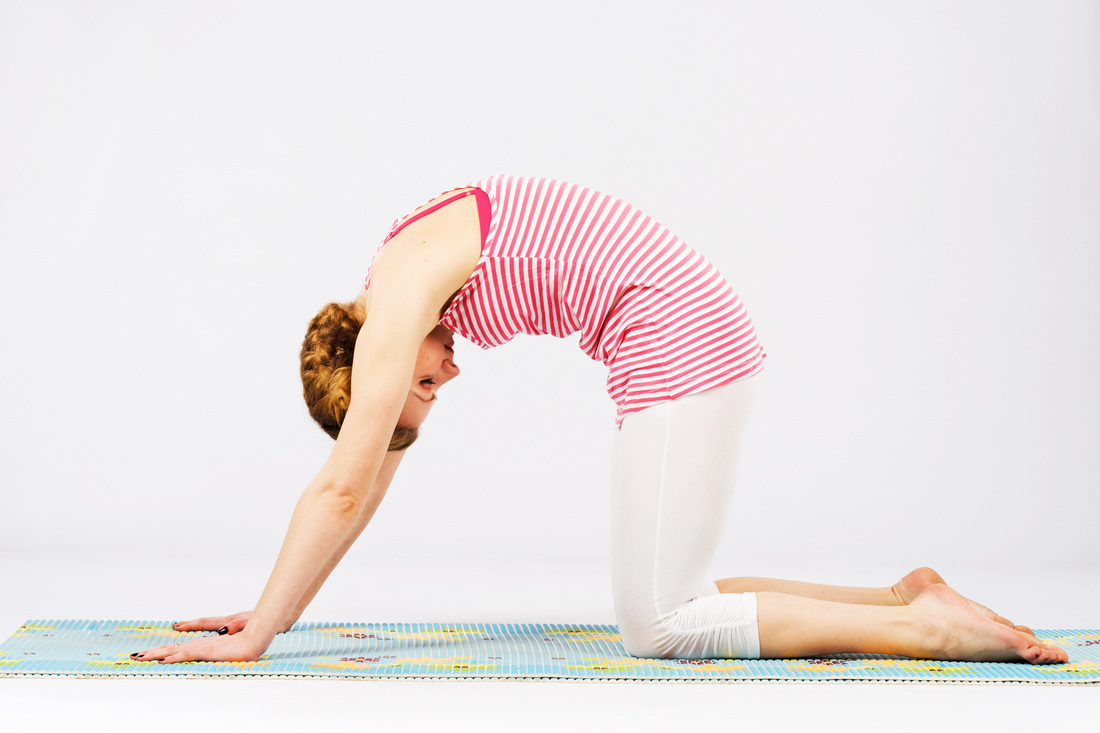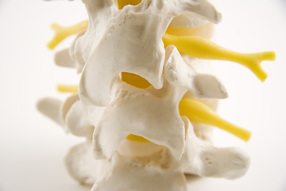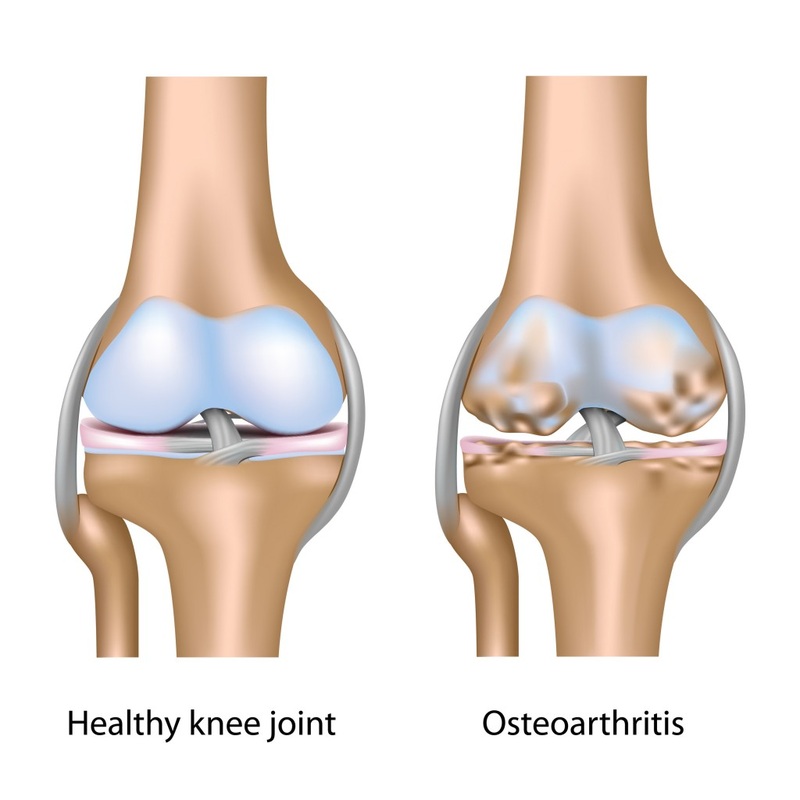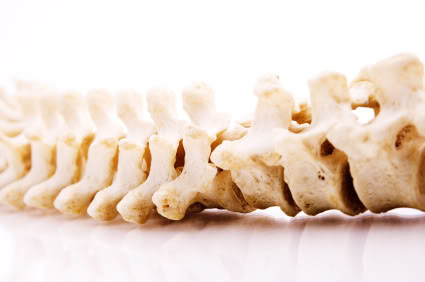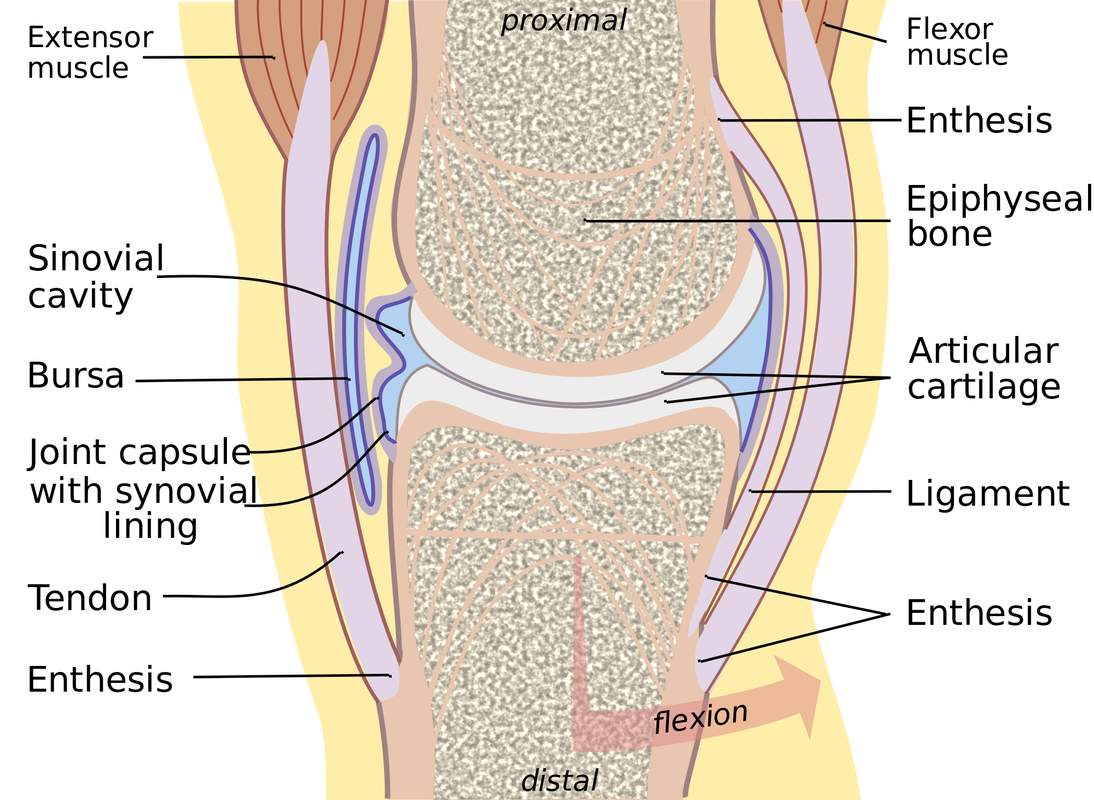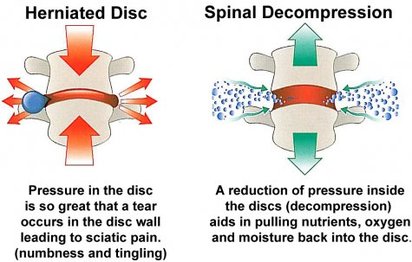Welcome to our Joint Injury Prevention Page!
Here you will find important information regarding your joints, body and injury prevention. If you would like more information regarding your health or would like to speak with our doctor, please contact our office today for more information and to schedule an appointment.
Our Joints
Human joints come in many shapes and sizes. They allow us to move and carry out normal activities of daily living. Without joints, we would be rigid and immobile. But joints are often injured, causing pain and discomfort.
The knees, shoulders, ankles, and spine are the most commonly injured joints. Approximately 30 million doctor visits a year are due to knee and shoulder injuries alone. Some 150 million to 200 million cases of back pain send people to a doctor every year—and many of those are related to joint injuries.
The knees, shoulders, ankles, and spine are the most commonly injured joints. Approximately 30 million doctor visits a year are due to knee and shoulder injuries alone. Some 150 million to 200 million cases of back pain send people to a doctor every year—and many of those are related to joint injuries.
How do joints work?Joints are designed to withstand the loads placed on them and provide a full range of motion. Each joint is made up of at least two surfaces that touch each other and allow for movement. These include ball-and-socket joints such as the hip; hinge joints such as the knee and elbow; and gliding joints, such as those in the spine.
The bones that make up the joint allow movement, but it is the muscles that pull the bones that produce the movement. Muscles are attached to bones by tendons. Bones are connected to bones by ligaments. Muscles, tendons, and ligaments are attached around each joint at very specific positions, with joint surfaces shaped in exact dimensions. Fluid within most of the joints lubricates the joint surfaces to reduce friction and allow for lifelong use. |
How do I keep my joints healthy?The movements that you perform on a daily basis are critical to long-term joint health, as are proper nutrition, a healthy exercise regimen, and a healthy lifestyle.
Moving a joint through its full range of motion is important. Joints are not supplied directly with blood like other organs in the body, so the saying, “Use it or lose it” applies to joint function. Most joints in the body are lined with cartilage—a firm but pliable tissue that covers the surfaces of the bones that make up the joint. Cartilage within a joint is nourished by synovial fluid, which is “forced” into the joint cartilage through a process called imbibition. The pressure within the joint that provides nourishment to the cartilage occurs only when the joint moves. And this is why movement is critical to joint health. Grinding of bone on bone without a cartilage covering leads to degenerative joint disease, or DJD. This condition tears up the bones and creates cysts, bone spurs, and excess bone production. A spinal disc is made up of two parts: a larger, outermost, ligament-like portion called the annulus fibrosus and an inner gelatinous portion called the nucleus pulposus. These two structures are primarily fluid- or water-based. They also rely on movement and imbibition for their nourishment. Therefore, movement in the spine is also critical to the health of the spinal joints. Proper diet and nutrition contribute to joint health by providing the joints with enough healthy nutrients for long-term stability and resistance to wear and tear. A healthy lifestyle free from tobacco products and other toxins helps ensure proper blood supply to tissues surrounding joints and speeds up healing of joint injuries when they occur. |
How are joints injured?
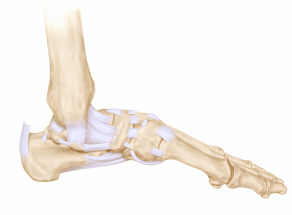
Most injuries to joints occur because of abnormal stresses. A joint can be injured acutely from a single traumatic event. An ankle sprain is a classic example. The ankle joint is protected by ligaments on the inside and outside. When the ankle moves excessively inward, the ligaments on the outside of the joint are torn. The ankle swells, leading to bruising and pain. In some cases, small pieces of bone and cartilage may be torn away. The tibia and/or fibula (ankle bones) can also be fractured.
Other joint injuries are called repetitive-stress injuries or cumulative-trauma disorders. These injuries are the result of repetitive, small, abnormal stresses on joints. The stresses placed on joints by poor posture, poor joint position during a task, and/or poor workstation ergonomics make these joints more likely to be injured.
Other joint injuries are called repetitive-stress injuries or cumulative-trauma disorders. These injuries are the result of repetitive, small, abnormal stresses on joints. The stresses placed on joints by poor posture, poor joint position during a task, and/or poor workstation ergonomics make these joints more likely to be injured.
How can i prevent repetitive stress injuries?
There are three basic principles that are especially important when considering the impact of proper joint movement:
1. When lifting an object, be sure that the largest muscles in the area perform the task. The larger the muscle or muscle group utilized for lifting, the less stress on smaller, more vulnerable muscles and the joint itself.
2. During any activities, you should be able to comfortably assume several different postures to avoid staying in one posture for extended periods. Muscles will fatigue and joints are more likely to be injured when you hold a particular posture, especially a poor one, such as staying partially bent forward at the waist.
3. When performing tasks, keep the joints that are being used either in their neutral posture or approximately halfway into the range of motion. Working with your joints at the extremes of their ranges of motion for prolonged periods places abnormal stresses on those joints. That can result in repetitive-stress injuries.
1. When lifting an object, be sure that the largest muscles in the area perform the task. The larger the muscle or muscle group utilized for lifting, the less stress on smaller, more vulnerable muscles and the joint itself.
2. During any activities, you should be able to comfortably assume several different postures to avoid staying in one posture for extended periods. Muscles will fatigue and joints are more likely to be injured when you hold a particular posture, especially a poor one, such as staying partially bent forward at the waist.
3. When performing tasks, keep the joints that are being used either in their neutral posture or approximately halfway into the range of motion. Working with your joints at the extremes of their ranges of motion for prolonged periods places abnormal stresses on those joints. That can result in repetitive-stress injuries.
Get VerticalIf your body feels stiff when you stand up after working at the computer for awhile, you have been sitting too long. Spending hours working at a computer helps keep the finger joints in good shape (for those who use all 10 fingers to type), but it can be hard on all of the other joints in the body—especially those joints that make up the spine. The body was designed to move. Experts tell us that we should optimally get up and stretch at least every 20 minutes.
The best way to protect our joints is to use them properly and often. |
Workplace tips for joint health: LiftingOur sedentary lives decondition our joints. When we use our bodies for tasks that are different from the norm, such as lifting a heavy box, deconditioned joints may break down. Protect your joints by following these simple suggestions:
1. When lifting anything from the floor, keep the spine straight and lift with the legs. Do not bend over at the waist and lift with the muscles of the low back. Injuries to the low back are often the result of poor lifting habits. 2. Keep the object being lifted close to your body. 3. Keep your elbows flexed. 4. Keep your head up and your neck straight as you lift. |
This information is brought to you by the American Chiropractic Association. Please visit www.acatoday.org for more information.
Reference: Carol Marleigh Kline, MA, JACA Online editorJoint Injury Prevention: “Use It or Lose It”J Amer Chiropr Assoc 2013 July-August;50(4):32-33
Reference: Carol Marleigh Kline, MA, JACA Online editorJoint Injury Prevention: “Use It or Lose It”J Amer Chiropr Assoc 2013 July-August;50(4):32-33

